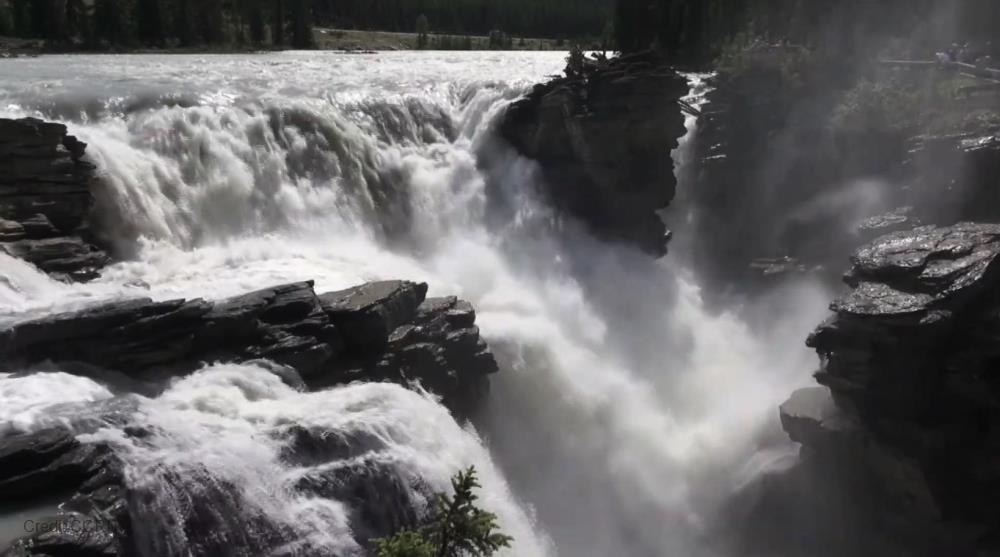
Related items loading ...
Section 1: Publication
Publication Type
Thesis
Authorship
Paul, J.
Title
Near-surface permafrost ground ice characteristics and ecological and physical drivers of transient layer ice content in discontinuous permafrost
Year
2018
Publication Outlet
DOI
ISBN
ISSN
Citation
Paul, J. (2018). Near-surface permafrost ground ice characteristics and ecological and physical drivers of transient layer ice content in discontinuous permafrost
https://scholars.wlu.ca/etd/2097/
Abstract
Accelerated climate warming in northern regions is causing permafrost degradation, leading to the reduction of the areal extent of permafrost. Permafrost is the foundation for many northern ecosystems and communities, so its thaw can have important ecological and societal consequences. Thaw of ice-rich permafrost can cause subsidence of the ground surface proportional to excess ice content. Terrain settlement can cause ponding or damage to infrastructure. Following a surface disturbance that removes much of the vegetation cover, a shift in the ground thermal regime can cause an increase in active layer thickness and rapid thaw of the top portion of permafrost. This upper layer of permafrost is known as the transient layer because it thaws and re-aggrades on multi-decadal to centennial timescales in association with ecosystem disturbance or climate change. Understanding the processes that lead to ice-enrichment of the transient layer can help us better predict ice-rich areas, and identify ecosystems that are at risk of state changes resulting from permafrost thaw.
This research examined the variation of ground ice content of near-surface permafrost, and the factors that influence it in well-drained forests of the discontinuous permafrost zone. The specific objectives of this thesis was to 1) characterize near-surface ground ice content and examine relations between ground-ice, forest type, soil conditions, and permafrost history, and 2) quantify the role of forest characteristics and soil properties as drivers of transient layer ice content, and determine if active layer or ice content are related to ground vegetation communities in this landscape type. Data collection to support these research objectives involved collection of 567 permafrost core samples and completion of soil and vegetation surveys from 10 black spruce and 10 white spruce/birch forests on mineral soils in the North Slave region near Yellowknife, NWT during the summers of 2014 and 2015.
In Chapter 2 I found evidence of a permafrost transient layer in black spruce forests; this was characterized through ground ice profiles that exhibited decreasing ice content with depth into the permafrost as well as horizontal, lenticular cryostructures. In these forests, higher ice content in association with thinner active layers likely relates to transient layer ice enrichment, which occurs as permafrost aggradation slows with forest development. The transient layer was absent from several white spruce/birch sites with thick active layers – it is likely that thaw has truncated formational segregated ice at depth. It is unlikely that permafrost will aggrade upwards in these sites unless change in vegetation cover can modify the soil conditions and microclimate.
In Chapter 3 I demonstrated that soil properties were substantially more important drivers of transient layer ice content than forest characteristics in this landscape type. In addition, no relationship between active layer thickness or transient layer ice content with ground vegetation community composition was found. Our results show that the important drivers of transient layer ice content in the general landscape view (from wetlands to dry, sandy soils) are not necessarily congruent with the important drivers within one landscape type. In this area, prediction of ice content using land cover or surficial site surveys may not be possible without the use of high resolution soils maps; however, stand age may provide a useful approximation of transient layer ice content. This work aids our understanding of how ecosystems in this region may respond to imminent permafrost thaw.
Plain Language Summary
Section 2: Additional Information
Program Affiliations
Project Affiliations
Submitters
Publication Stage
N/A
Theme
Presentation Format
Additional Information
Masters, Wilfrid Laurier University, Northern Water Futures


 GWFNet
GWFNet Master
Master Data
Data Research
Research Map
Map
 Advanced
Advanced Tools
Tools
 . . .
. . .
 Metadata Editor
Metadata Editor
 Record List
Record List
 Alias List Editor
Alias List Editor
 Legacy sites
Legacy sites